 As more and more AV professionals in businesses and universities use Panopto, we’ve received a growing number of requests for the ability to edit Panopto recordings using these and other external editors.
As more and more AV professionals in businesses and universities use Panopto, we’ve received a growing number of requests for the ability to edit Panopto recordings using these and other external editors.
So in the latest release of Panopto, we’ve included a feature that enables this capability. Below is an overview of how AV teams and videographers can use the feature to make more advanced edits to their Panopto recordings.
Output Panopto Recordings to MP4 Files
The first step to editing Panopto recordings in an external editor is to enable a setting in the Panopto Windows Recorder. This setting instructs Panopto to capture recordings as local MP4 files which can then be imported into a Video editing solution of your choice and uploaded into Panopto. To do this, navigate to the Settings tab in the Panopto Recorder, then to the Advanced Settings sub-tab. Check the Capture in MP4 format checkbox and click Save.
Once this is checked, click “Save” and thereafter, every stream recorded using Panopto will be output as an individual MP4 file, encoded using the H.264 video codec and the AAC audio codec.
Making Changes to a Single-Stream Video
To edit a Panopto recording that consists of a single video stream (typically a simple webcam video with audio, or a screen recording with audio):
1. Navigate to the folder on your hard drive where your Panopto recordings are stored. By default, Panopto uses C:\PanoptoRecorder. Within this directory, you’ll see a list of subdirectories. Each subdirectory contains a Panopto recording.
2. To find the subdirectory that includes the recording that you want to edit, compare the Date created column in Windows Explorer to the Start Time column in the Windows Recorder’s Recording Status tab:
3. Open the subdirectory and find the MP4 file. For a single-stream video, the filename will be: [GUID].DV.localview.mp4.
4. Open the MP4 file in your video editor and make any changes using the video editing software of your choosing. In this example screenshot, we are using CyberLink PowerDirector 13.
5. Produce your edited video as your normally would. You can save the video in any local or network directory and name the video as you see fit. Just be sure to save your video into one of the formats supported by Panopto.
6. At this point, you’re ready to upload your edited video to Panopto. From your Panopto website, click the Create button and select Upload Video.
7. Drag your video into the drop-area, and the file will begin uploading, as seen below:
8. Once your video is uploaded, Panopto will encode it for playback on any device, and will index the contents within your video for search. If you no longer need the original copy of your video, you can delete it or set it as unavailable using Panopto’s availability windows.
Making Changes to a Video with Multiple Streams
Most Panopto recordings contain at least two video streams— the recording of the presenter, and the recording of their on-screen content. When editing one of these streams, most of the steps listed above will still apply. However, uploading the edited video will typically be done within Panopto’s web-based video editor, and you need to consider how edits to video duration impact the overall video presentation.
1. Navigate to the directory of your Panopto recording by following Steps 1 and 2 above.
2. In this directory, you’ll now see more than one MP4 file. Each MP4 file is one of the recorded video streams. For a typical video presentation consisting of presenter video and on-screen content, you’ll see:
[GUID].DV.localview.mp4 ← This is your presenter video
[GUID].SCREEN.localview.mp4 ← This is your screen recording
3. Select the video stream that you want to edit, and make changes as described in Steps 4 and 5 above.
IMPORTANT: Your finalized and edited video file must remain the same duration as the original session if you are recording a multi-stream session (i.e. you are recording from a camera, powerpoint and/or screen capture at the same time). Failure to adhere to this will cause problems with a multi-stream session. Contact Panopto support if you have any questions about this.
4. When your edited video is ready to upload, you’ll typically want to import it directly into your existing Panopto recording. To do this, open Panopto’s editor by locating your recording in Panopto’s video library and clicking Edit.
5. This opens the Panopto editor. Click on the Streams tab and, on the bottom left side, click Add a video.
6. Select the edited video stream by clicking Browse and locating the file. If you’ve edited the presenter video, select Stream Type of Primary. If you’ve edited the screen recording, select Secondary. In this case, I’ve edited the presenter (primary) video. Click OK to upload the edited stream.
7. Panopto will upload and process the edited video stream. When processing is complete, you’ll see the video stream listed under the Streams tab.
8. You’ll now have two versions of the stream you edited – the original, and your edited copy. The next step is to remove the original, so that only the edited version remains. To do this, hover over the original stream under the Streams tab and click Delete. You’ll be prompted to confirm the deletion. Click OK.
9. With your edits made, click Save in the Panopto editor. Panopto will re-encode your video presentation with the edited version of your stream.
Note: You should pay special attention if you change the duration of a video stream using an external editor, since the edited stream will no longer be in sync with the other stream from your recording. For example, if you use Adobe Premiere to trim out parts of your screen recording, the updated screen recording will have a shorter duration than the presenter video. In these cases, you’ll typically need to edit both streams in the external editor to ensure that they remain in sync.
 While viewing a presentation in Focus 4.5, you can now add a URL to your presentation that will open in a new tab during session playback.
While viewing a presentation in Focus 4.5, you can now add a URL to your presentation that will open in a new tab during session playback.









![]()
![]()


